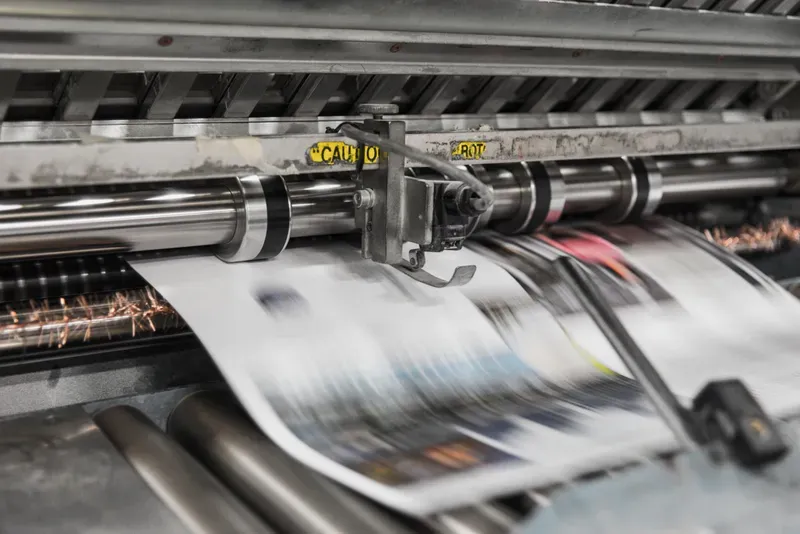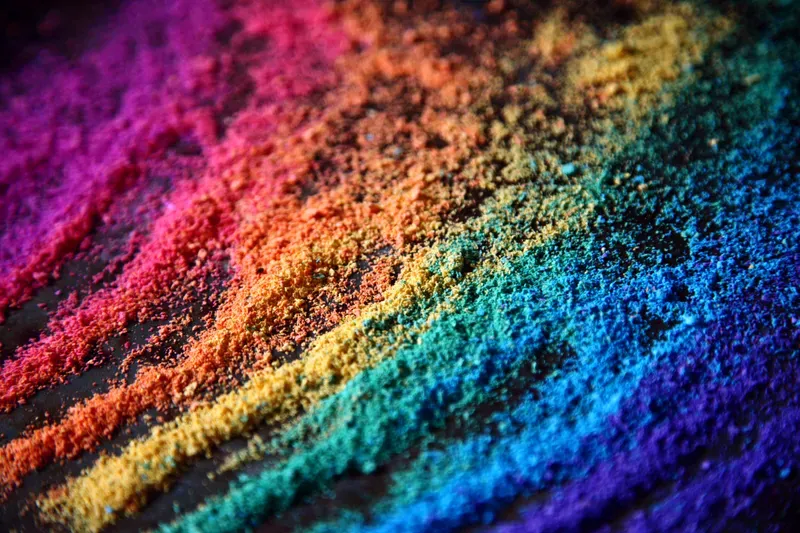The Healing Power of Art: How Creativity Enhances Well-being and Health
Intro
Art is more than just a form of expression or decoration—it has the power to heal, inspire, and transform our lives. Whether we paint, draw, sculpt, or simply admire the work of others, art influences us deeply, providing numerous benefits for both mental and physical health. As more studies uncover its therapeutic impact, art is increasingly recognized as an essential element in promoting overall well-being. In this article, we'll explore the fascinating ways in which art contributes to mental health, emotional balance, and even physical healing.

Art as a Pathway to Emotional Balance
One of the most profound effects of engaging with art is its ability to help regulate emotions. For many, creating art serves as an outlet to express feelings that words cannot capture. Through colors, shapes, and textures, we communicate thoughts and emotions that might otherwise remain buried, leading to increased self-awareness and emotional release. This act of creating art—whether sketching, painting, or molding clay—allows us to process complex emotions and relieve stress, fostering a sense of emotional balance.
Art therapists often emphasize that the creative process is as important, if not more so, than the final product. Engaging in activities like drawing or painting gives us permission to explore our emotions in a non-judgmental way, freeing us from the expectation of perfection. This exploration reduces anxiety, alleviates feelings of sadness, and promotes relaxation, creating an environment where emotional healing can flourish.
Art and Its Impact on Mental Health
Art also serves as a tool for improving mental health, and studies have consistently demonstrated its effectiveness in reducing symptoms of anxiety and depression. Creating art provides a meditative experience that helps individuals focus on the present moment—similar to mindfulness practices. By immersing oneself in the creative process, the mind finds refuge from intrusive thoughts and worries, contributing to a sense of calm and well-being.
Viewing and appreciating art can also have a therapeutic impact. Museums and galleries are places where people often experience a sense of wonder and inspiration. This exposure to art encourages reflection and sparks curiosity, which can foster a greater sense of purpose and meaning. Art appreciation provides a sense of connection, helping individuals feel linked to something larger than themselves. This connection is particularly powerful for those dealing with loneliness or isolation, offering a sense of belonging and shared human experience.

Physical Health Benefits of Art
YThe benefits of art are not limited to emotional and mental health; they extend to physical health as well. Engaging in creative activities has been linked to lower levels of cortisol—the hormone associated with stress. Lower stress levels are crucial for maintaining a healthy immune system, which means that creating art can contribute to better overall physical health. Additionally, activities like drawing, painting, and sculpting can improve motor skills, especially for individuals recovering from injuries or dealing with conditions like arthritis.
Studies have also shown that art can play a role in pain management. Patients in hospitals who engage in art therapy often report reduced levels of pain and discomfort. The act of focusing on creativity helps redirect the mind away from physical pain, offering a form of distraction that has been found to be effective in reducing perceived pain levels. This phenomenon, often called "flow," is a state of deep focus where individuals lose track of time and become fully absorbed in the activity at hand, which can also boost mood and promote healing.
Art Therapy: Formalizing the Healing Process
Art therapy is a field dedicated to leveraging the therapeutic benefits of art to improve mental health outcomes. Licensed art therapists guide individuals through creative processes, helping them use art to explore their emotions, resolve conflicts, and build self-esteem. Art therapy has been particularly effective for trauma survivors, children with developmental disorders, and individuals coping with chronic illness. By providing a structured space to create and reflect, art therapy helps individuals uncover insights and discover strengths they may not have known they possessed.
Design and Content by White Dune LLC